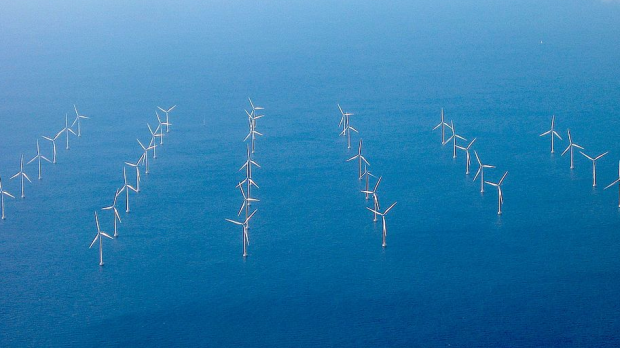Lenten Campaign 2025
This content is free of charge, as are all our articles.
Support us with a donation that is tax-deductible and enable us to continue to reach millions of readers.
Doctors Anna Possner and Ken Caldeira, from the Carnegie Institution for Science at Stanford University, have determined that the entire world could be powered by a single wind farm, spanning the entire width of the Atlantic Ocean. Their findings were published in the journal Proceedings of the National Academy of Sciences, in which the pair concluded: “On an annual mean basis, the wind power available in the North Atlantic could be sufficient to power the world.”
Independent UK reports that the massive undertaking would require incredible levels of investment and a great deal of international cooperation to complete, but the results would be worth it. They go on to explain why the winds over the North Atlantic would be more ideal for energy harvesting than those of the mainland:
As more turbines are added to a wind farm, the combined drag from their turning blades effectively places a cap on the amount of energy from available moving air that can be converted to electricity. Research has shown that due to this effect, electricity generation for large wind farms on land may be limited to about 1.5 watts per square metre. The new simulations showed that in the North Atlantic the limit would be significantly higher, making it possible to generate more than six watts per square meter.
The power generated by an oceanic wind farm would be seasonal; the summer months would only generate one-fifth the annual average energy yield. Still, with no natural or manmade structures to inhibit the flow of the breeze, generated energy would be more consistent year round. Possner and Caldeira are undeterred by the summer stagnation, claiming:
“Nevertheless, even in the relative calm of summer, the upper geophysical limit on sustained wind power in the North Atlantic alone could be sufficient to supply all of Europe’s electricity.”

